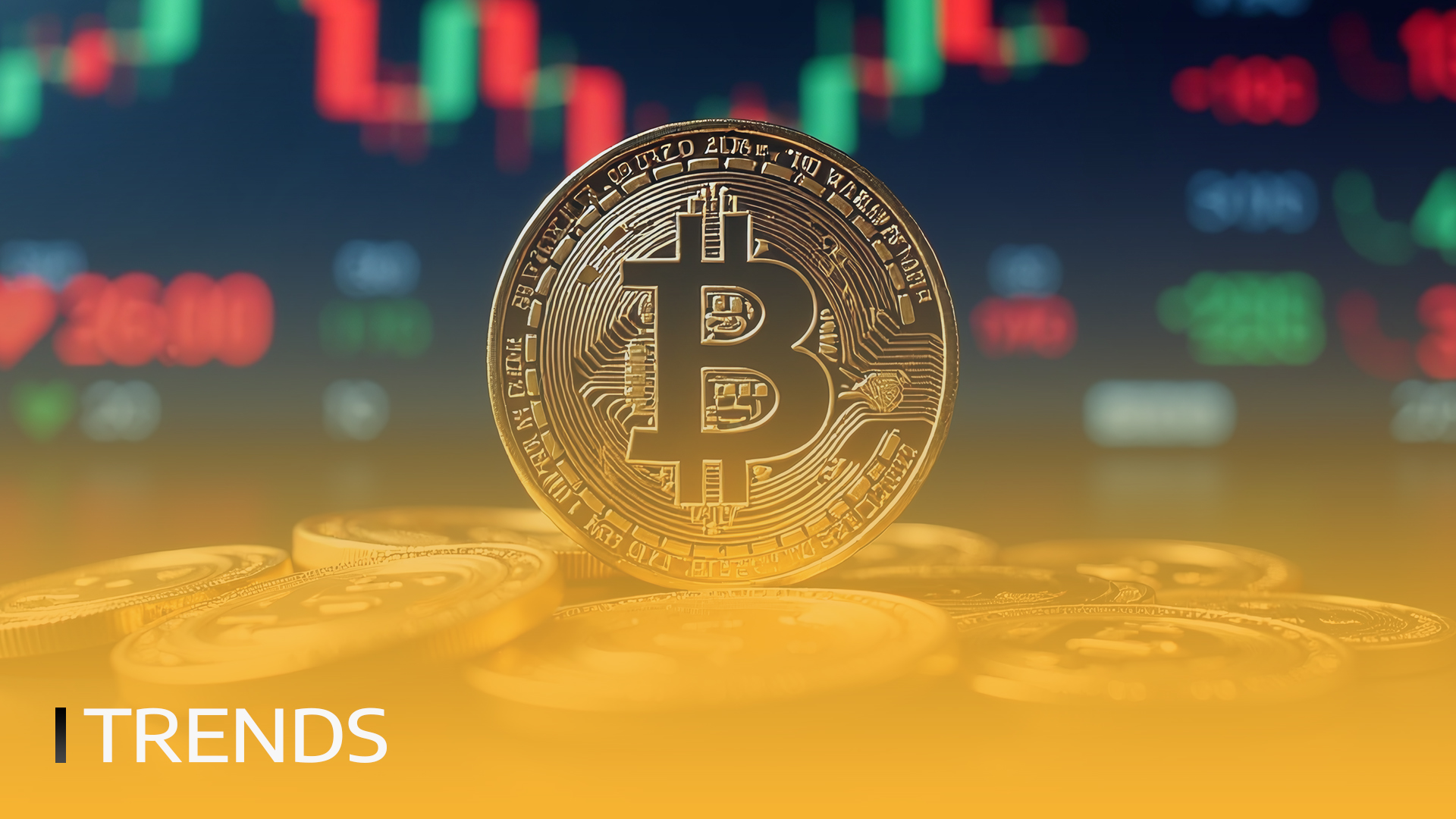Reserve Protocol is a decentralized stablecoin platform designed to provide inflation-resistant digital currencies for emerging markets. Launched in 2019, Reserve Protocol enables the creation of asset-backed stablecoins that maintain value stability through diversified collateral.
Reserve Protocol's ecosystem is powered by Reserve Rights (RSR) and Reserve stablecoins (RTokens), where Reserve Protocol's native token, RSR, is used for governance, staking, and ensuring price stability.
 VI
VI


